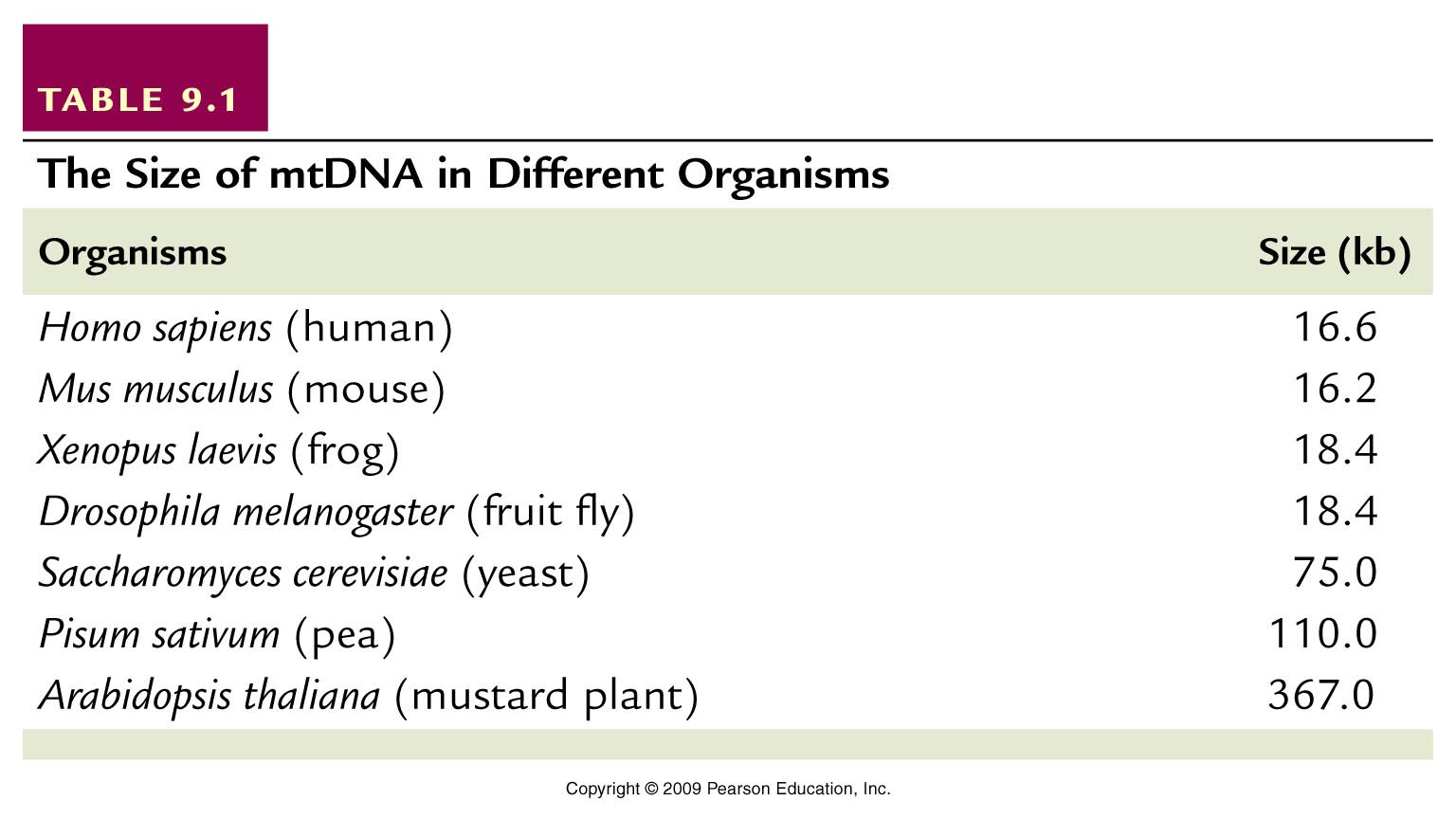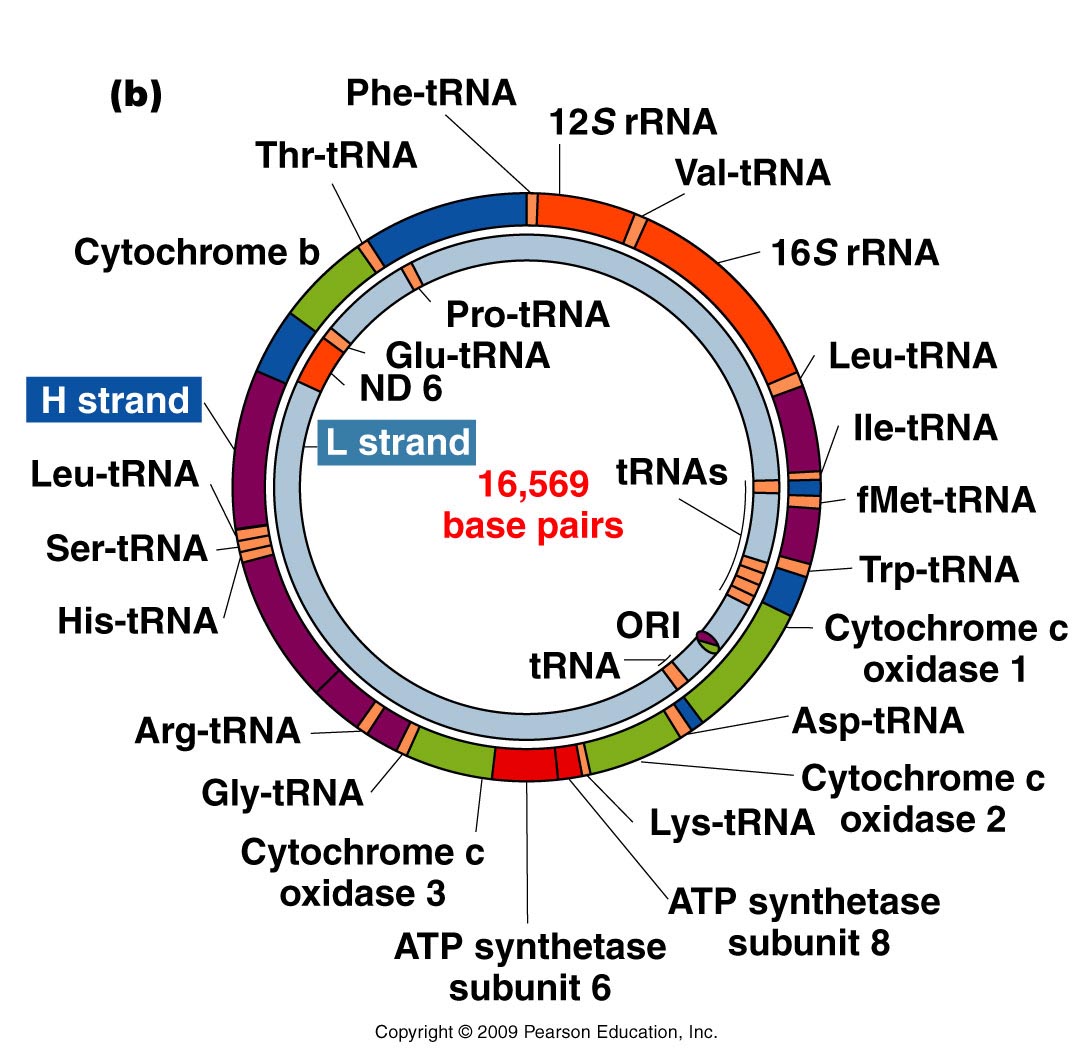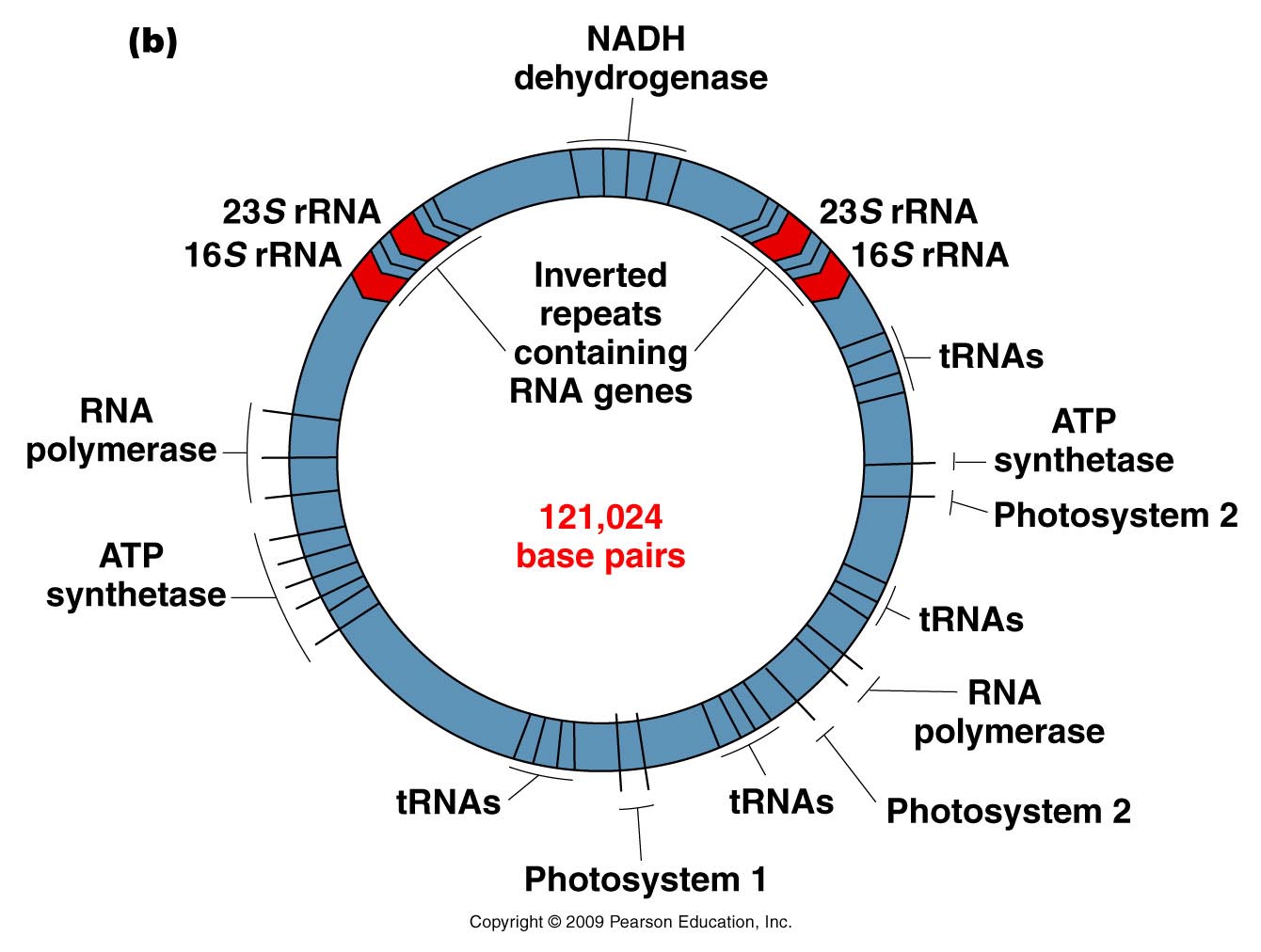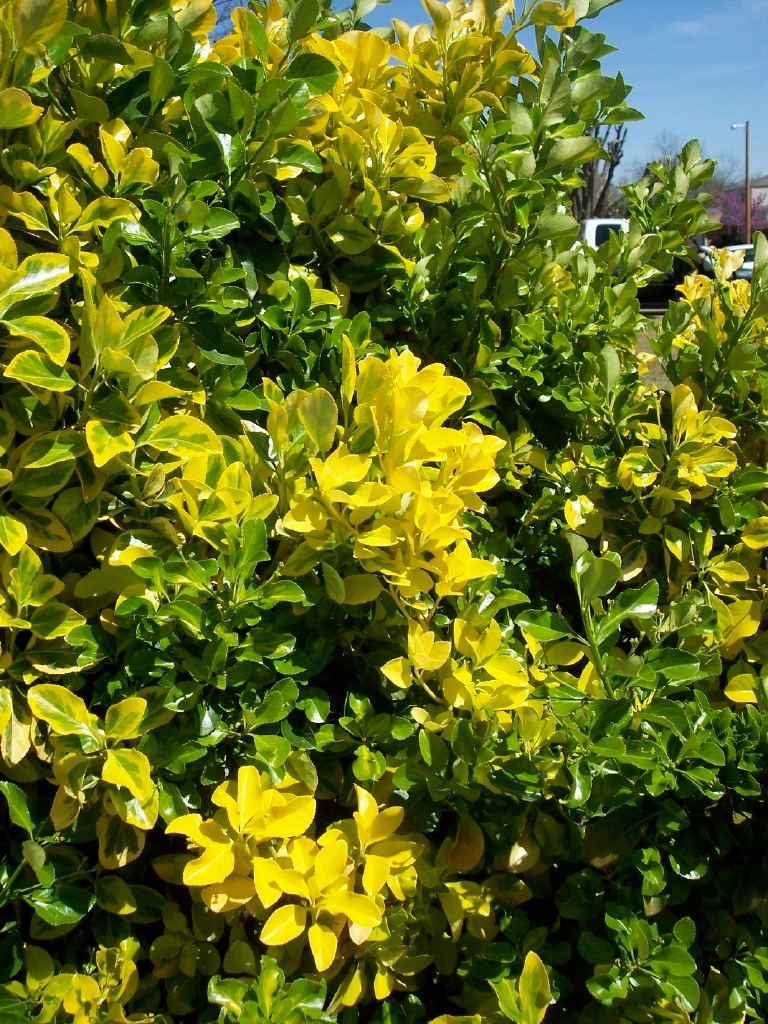| We have
already encountered one major exception to Mendel's
concepts, namely linkage, which is an exception to his
Law of Independent Assortment. The other major
exception is the presence of genes in the cytoplasm,
primarily in mitochondria and chloroplasts. Mendel's
laws are all based on nuclear gene heredity--that is
meiosis (although he knew nothing about meiosis).
Cytoplasmic genes do not segregate to daughter cells
according to meiosis, so do not obey his laws. For
that reason, the inheritance of these cytoplasmic
genes is often referred to as non-Mendelian heredity. |
- There are two separate Genetic Systems
involved in the production of mitochondria and
chloroplasts:
- The Nuclear System: Most
proteins found in mitochondria and chloroplasts
are coded for by nuclear genes, made on
cytoplasmic ribosomes, then transported into
mitochondria.
- The Organelle System: Some
proteins in these organelles are coded for by
organelle DNA and made on organelle ribosomes.
- Organelle Genomes: Mitochondria
and chloroplasts have their own small DNA
molecules that are usually circular (except in
some algae and protozoa) and are present in
multiple copies in each organelle.
- Mitochondrial
DNA (mtDNA): Animal mtDNA
molecules are usually about 16-19 kb in
size (about 1/100,000 of the nuclear genome,
altogether about 1% of cellular DNA). Plant
mtDNA is 10 - 150 times larger than animal
mtDNA (150 - 2500 kb). Since plant mtDNA codes
for about the same number of genes as animal
mtDNA and there is sometimes great variability
in size even within closely related plants,
the excess may be "junk DNA." mtDNA codes
for tRNAs, rRNAs and a few
proteins. mtDNA has a nucleotide
substitution (mutation) rate that is about 10
times higher than nuclear genomes, making
mtDNA comparisons useful taxonomically. Some
mtDNA genomes have introns.
- Chloroplast DNA
(ctDNA or cpDNA): Plant chloroplast
DNA molecules are about 120 - 180 kb in
size. Higher plant ctDNA codes for about
120 genes, including rRNAs, 30 tRNAs, several
rProteins, an RNA polymerase subunit, several
respiration-related proteins, plus other
40 proteins. ctDNA has introns.
- Organelle Division: Mitochondria
and chloroplasts are never made de novo, but
always come from pre-existing organelles. DNA
replication occurs throughout the cell cycle.
Organelle division occurs by furrowing of the
inner membrane with DNA molecules being
distributed between the daughter organelles.
- Organellar Inheritance:
Inheritance of mitochondrial and chloroplast genes
is non-Mendelian (cytoplasmic inheritance,
extranuclear inheritance). In yeast, this leads to
random segregation of traits. In higher organisms,
non-Mendelian inheritance is seen as maternal
inheritance, since mitochondria and chloroplast
are usually inherited via the ovum only.
Heteroplasmy can lead to mosaicism.
- Other Extranuclear Genes:
Endosymbionts like kappa (killer)
in Paramecium.
|



 
|




